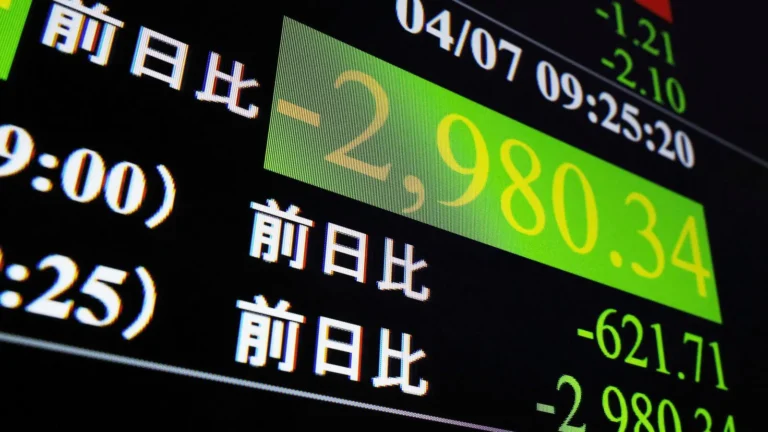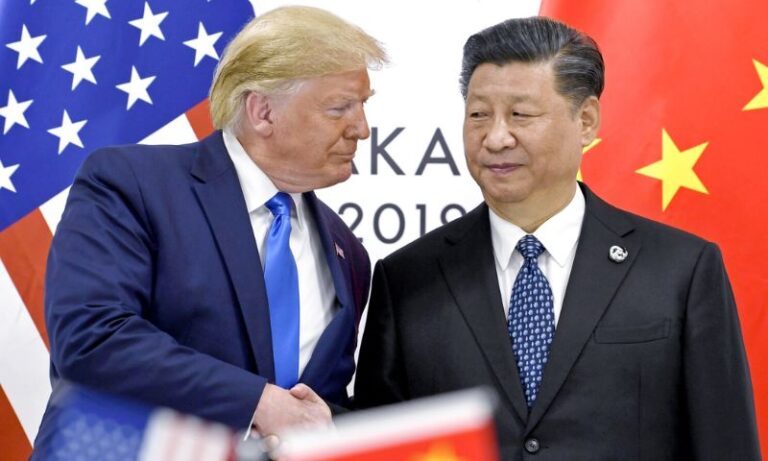HMPV Outbreak in China Sparks Global Concern: Is Human Metapneumovirus the Next Pandemic Threat?

April 2, 2025
April 2, 2025 – An alarming rise in Human Metapneumovirus (HMPV) infections in China has triggered global concerns, especially after shocking footage from hospitals showed overcrowded emergency rooms and overwhelmed medical staff. This situation has prompted many to question whether HMPV could be a new viral threat on the scale of COVID-19.
What is HMPV and How Does It Affect People?
Human Metapneumovirus (HMPV) is a relatively common respiratory virus first discovered in 2001. Like other respiratory infections, it causes symptoms such as cough, fever, and a runny nose, and typically spreads through droplets from coughing or sneezing. While most cases are mild and self-limiting, the virus can lead to severe illness in high-risk populations, such as infants, the elderly, and those with weakened immune systems.
Although HMPV has been around for over two decades, its rapid spread in recent months, especially in China, has raised concerns about its potential for more severe outbreaks. Despite its similarities to the flu or RSV (Respiratory Syncytial Virus), experts are warning against panic, as HMPV is not a new virus and has been circulating seasonally for years.
The Chaos in China’s Hospitals
In early 2025, reports from China revealed overwhelming numbers of patients being treated for HMPV-related respiratory illnesses. Footage from hospitals showed crowded waiting areas and intensive care units nearing capacity, sparking fears of a new viral crisis. The scenes in China have been likened to the early days of the COVID-19 pandemic, prompting fears that a similar global health threat could be unfolding.
Health officials in China and around the world are assuring the public that while HMPV cases have surged, the virus is not as deadly as the coronavirus and is typically managed with standard medical care. However, the sharp rise in cases, especially in urban areas, has highlighted the importance of monitoring and controlling the spread of respiratory viruses.
Global Response and India’s Growing Concern
The spike in HMPV cases in China has led to heightened awareness in other countries. India, which shares close travel ties with China, has reported several confirmed cases of HMPV, with six infections detected so far in cities like Bengaluru and New Delhi. However, Indian health authorities have reassured the public that there is no cause for widespread panic. Experts continue to stress that the situation remains manageable and that HMPV is far less concerning than the COVID-19 pandemic.
“We are closely monitoring the situation,” said Dr. Radhika Patel, an epidemiologist from New Delhi. “The virus is not new, and there’s no reason to assume it will lead to a global pandemic. But we must remain vigilant and prepared for any potential changes.”
Why the Surge in Cases?
The recent surge in HMPV cases is being attributed to a combination of factors, including decreased immunity in populations due to COVID-19 lockdowns and restrictions that minimized exposure to other common respiratory viruses. This has left many people more susceptible to infections like HMPV.
Experts also suggest that the lifting of social distancing measures, combined with changing weather patterns, may have contributed to the higher rates of infection.
Preventive Measures to Keep HMPV at Bay
While the immediate risk from HMPV remains low, there are still preventive steps that can help limit the spread of the virus. Public health officials recommend:
- Regular handwashing with soap and water.
- Wearing masks in crowded spaces or areas with poor ventilation.
- Seeking medical care if experiencing severe cold or flu-like symptoms.
- Avoiding close contact with individuals who are ill.
Experts emphasize that HMPV, like many respiratory viruses, can usually be managed with supportive care, and the key to preventing severe cases is early detection and prompt treatment.
Conclusion: Should We Be Concerned About HMPV?
While the surge in HMPV cases in China and other parts of Asia is concerning, experts agree that the situation is far from a new pandemic. The virus, though serious for vulnerable populations, is not as threatening as other more well-known viruses like COVID-19 or influenza. With continued vigilance, preventive measures, and improved treatments, the global community can control the spread of HMPV without major disruptions.
🔗 Trusted Sources for Further Reading
- Reuters – China in contact with WHO on respiratory diseases, foreign ministry says
Reassures that HMPV is a familiar seasonal virus and that surveillance data show no unusual outbreak pattern. - Global News – Rising cases of human metapneumovirus in China ‘not unusual’, WHO says
WHO emphasizes that current respiratory virus rates fit typical winter expectations, with no alarm triggered. - The Independent – Surging number of HMPV cases in China are triggering ‘new Covid’ fears
Comprehensive overview of the situation, contrasting hospital overcrowding reports with expert views downplaying pandemic-level risk.





